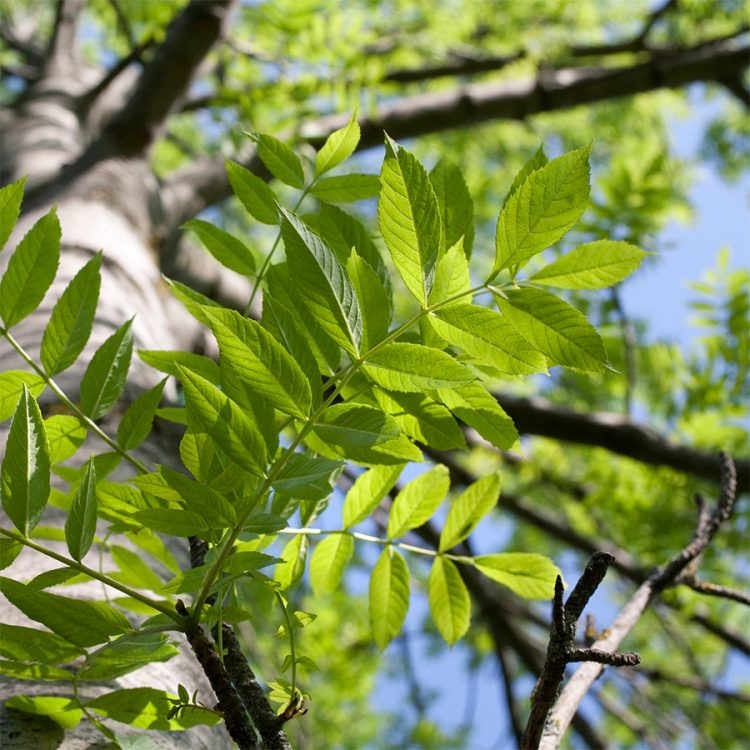Avoid using ash trees for placing deer stands


Hunters are cautioned to avoid placing deer stands in, or near, ash trees this deer season, as they start scouting properties. Most ash trees in the southern half of Wisconsin, are dea...


Hunters are cautioned to avoid placing deer stands in, or near, ash trees this deer season, as they start scouting properties. Most ash trees in the southern half of Wisconsin, are dea...